(BPT) – At one time, you were probably a young child, stuck in a classroom, wishing you were outside playing. If you’re now a parent, you have plenty of experience trying to convince your child that learning is fun, and likely have to bribe them to do their homework.
Trying to get children excited to learn or instill in them a passion for education can be an ongoing struggle for parents. However, there is a growing consensus among educators that creative activities and guided play go hand in hand with developing the cognitive skills and passion for learning that is needed for academic success.
At the center of this playful learning is something called a makerspace, which is a collaborative workspace where kids of all ages can let their creative juices loose, build, discover and learn with any number of materials and tools.
Makerspaces have appeared in libraries, schools and community centers. Today we’re going to look at how you can set up your own makerspace at home.
1. Start saving things up
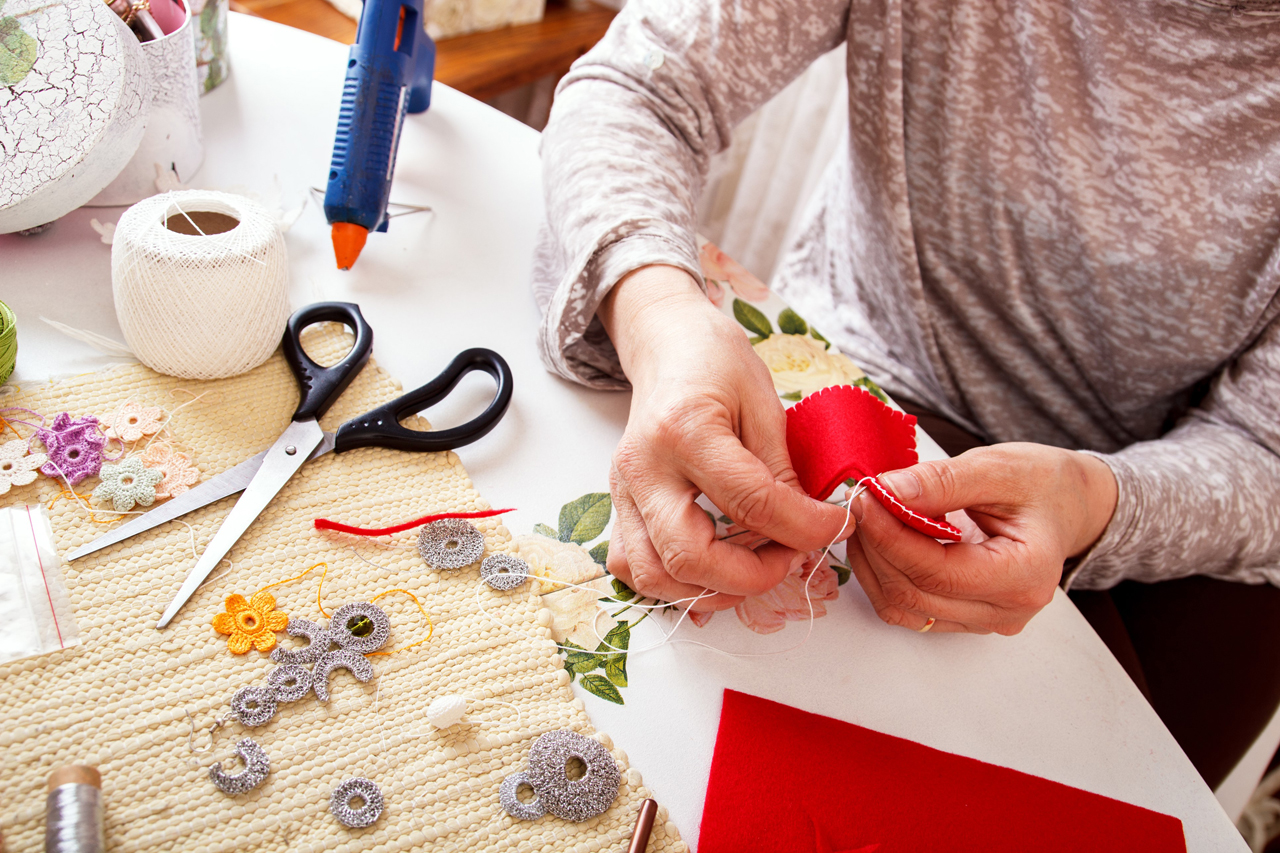
A makerspace isn’t so much about what you have as it is about how you use it. With creativity as their guide, your children can turn old T-shirts, egg cartons, milk jugs, cardboard and other loose parts you might otherwise throw away into a fantastic creation.
2. Keep all those doohickeys and knickknacks organized
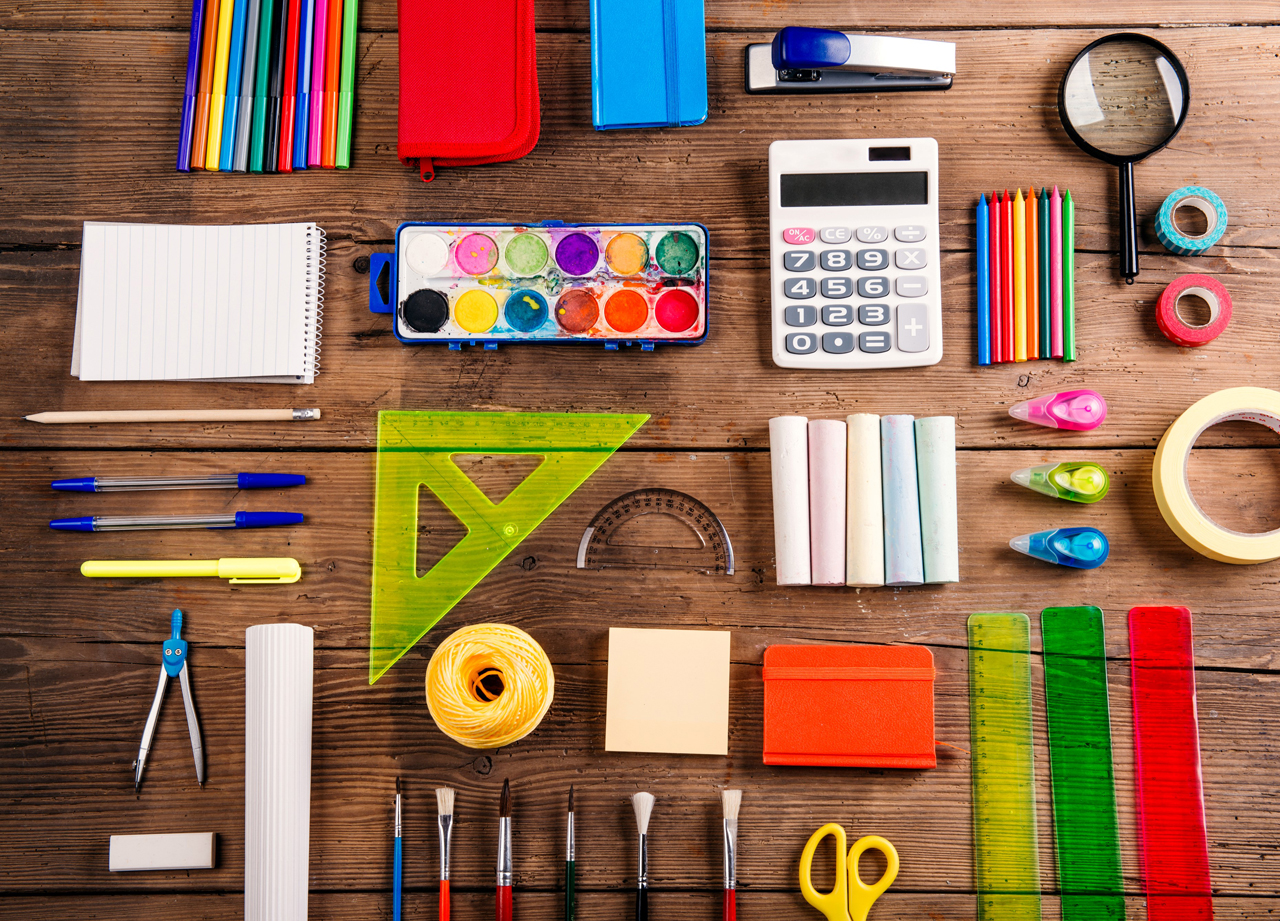
Things can get pretty messy once the kids start cutting, building, gluing and making. Because a fun makerspace has such a range of materials, from copper wiring and yarn to circuit boards and magnets, you want to make sure everything is easy to find and, for your sanity, easily put away.
3. Dedicate a space for making
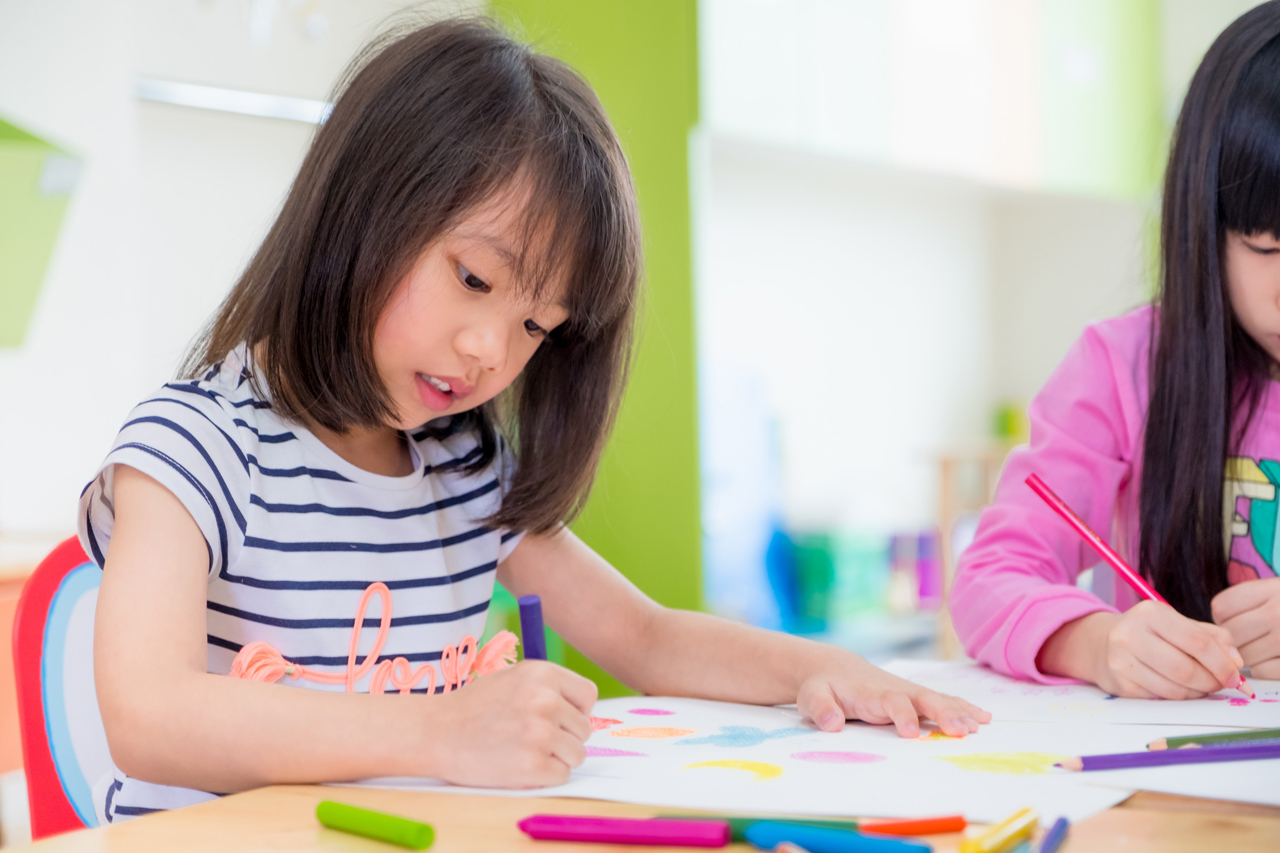
You might have a few shoeboxes full of LEGO bricks, various circuits, putty, batteries, tape and more tucked under a bed, but to make your child’s makerspace feel truly special, set up a dedicated area, with a work bench and storage. Ideal locations include the garage, basement, or if you have one, a spare bedroom!
4. Build with a goal in mind
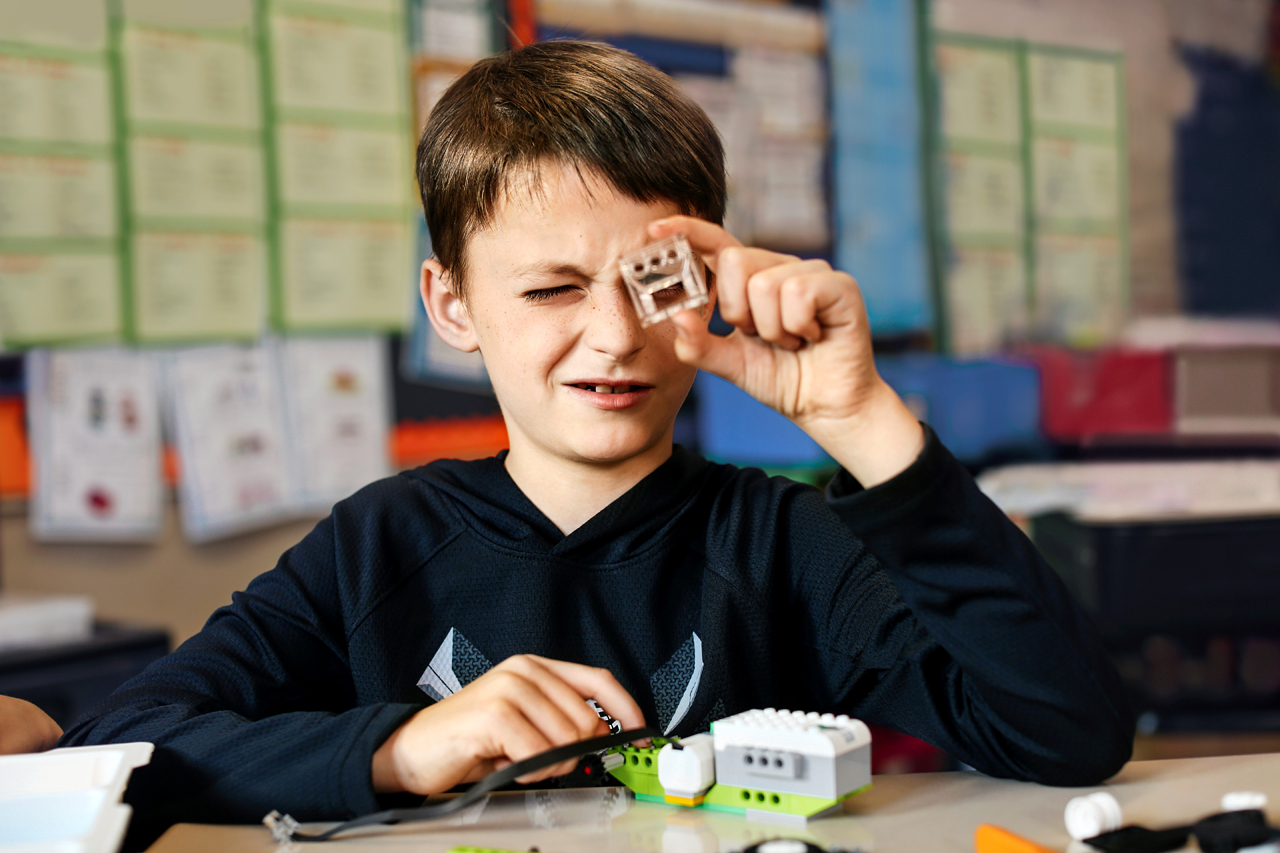
The idea here is to add some structure to your children’s creativity. To get the most value out of your makerspace, set up a series of goals for your children to achieve. Maybe they want to take apart an old speaker and reassemble it in a new frame, or design a simple circuit. Experts like LEGO Education have plenty of ideas that will actively engage children of various ages in playful learning.
5. Don’t overthink!
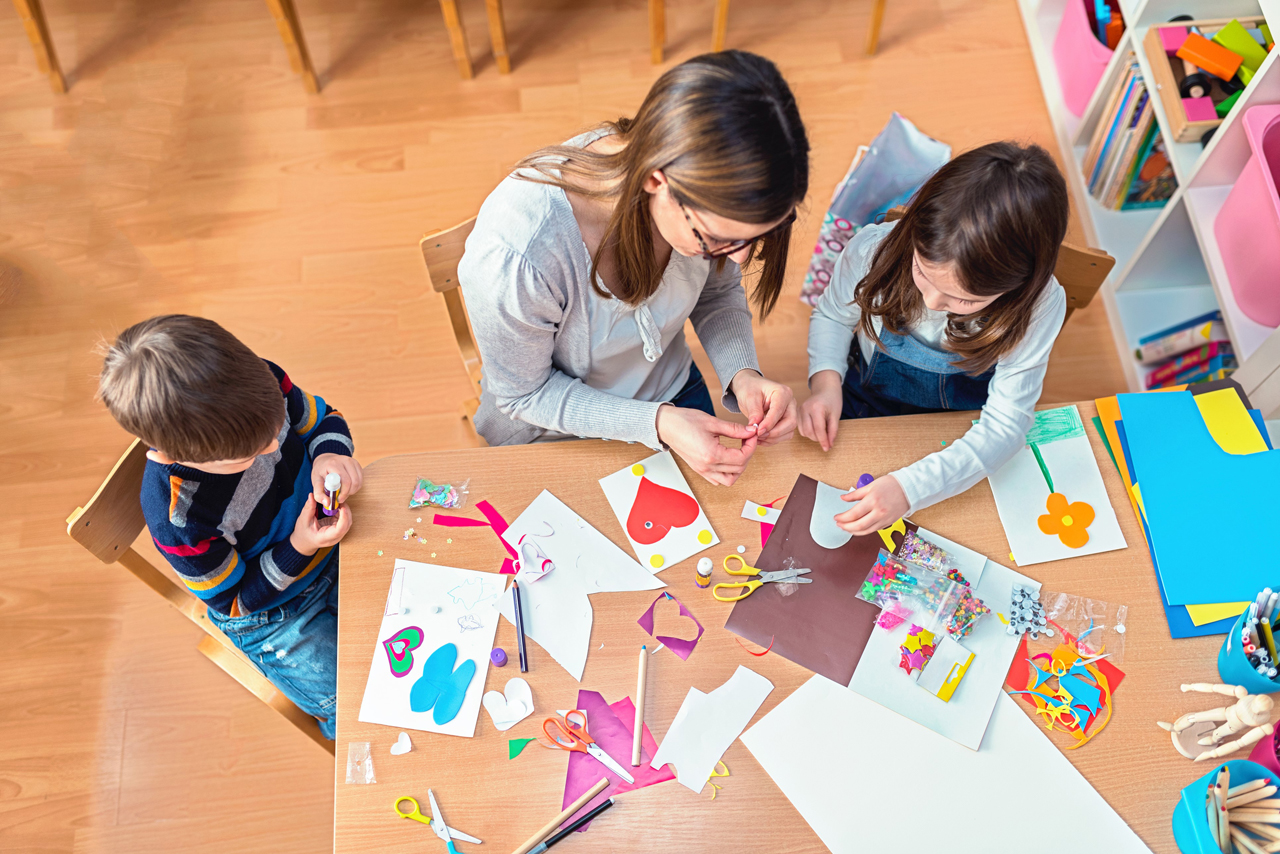
Let your imagination guide you. There is no set-in-stone curriculum, no right way to use a makerspace. The scope and complexity of projects will constantly change as your child changes. What stays the same is their growing curiosity and desire to learn.
An at-home makerspace is a constant source of inspiration for you and your child. There are always new projects and ideas out there. You just might have as much fun learning as your kids.





